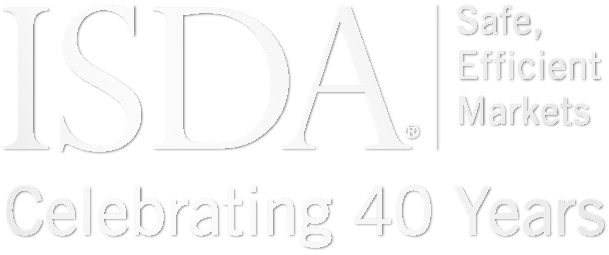
LIBOR is used as a reference rate for financial contracts worth trillions of dollars. But what happens if, after 2021, LIBOR or another interbank offered rate ceases to exist while contracts are still referenced to that rate? That’s where benchmark fallbacks come in.
This short animation video explains what fallbacks are and why they are necessary, and explains the process for implementing them in new and legacy cleared and non-cleared derivatives trades.
For more information on fallbacks and benchmark transition, visit the ISDA website.
If you can’t access the YouTube video above, please click here (best viewed in Chrome).
This video is also available on ISDA’s Facebook page.
Latest
ISDA Response – ROC Consultation on Revised CDE Version 4
The International Swaps and Derivatives Association, Inc. (ISDA) response to the Regulatory Oversight Committee (ROC) consultation on the harmonisation of critical OTC derivatives data elements (CDE) revised CDE Technical Guidance – version 4, submitted to the ROC on January 24,...
ISDA response to ESMA MiFIR Review Consultation
On July 11, ISDA submitted a response to the European Securities and Markets Authority's (ESMA) fourth package of Level 2 consultation under the Markets in Financial Instruments Regulation Review (MiFIR), on transparency for derivatives, package orders and input/output data for...
Canadian Transaction Reporting Party Requirements
These Reporting Party Requirements establish the hierarchy and tie-breaker logic to determine a single reporting counterparty for Canadian provincial reporting. By leveraging the existing reporting party standard established for reporting to the CFTC, in most cases these rules facilitate submission...
ISDA In Review – June 2025
A compendium of links to new documents, research papers, press releases and comment letters published by ISDA in June 2025.



